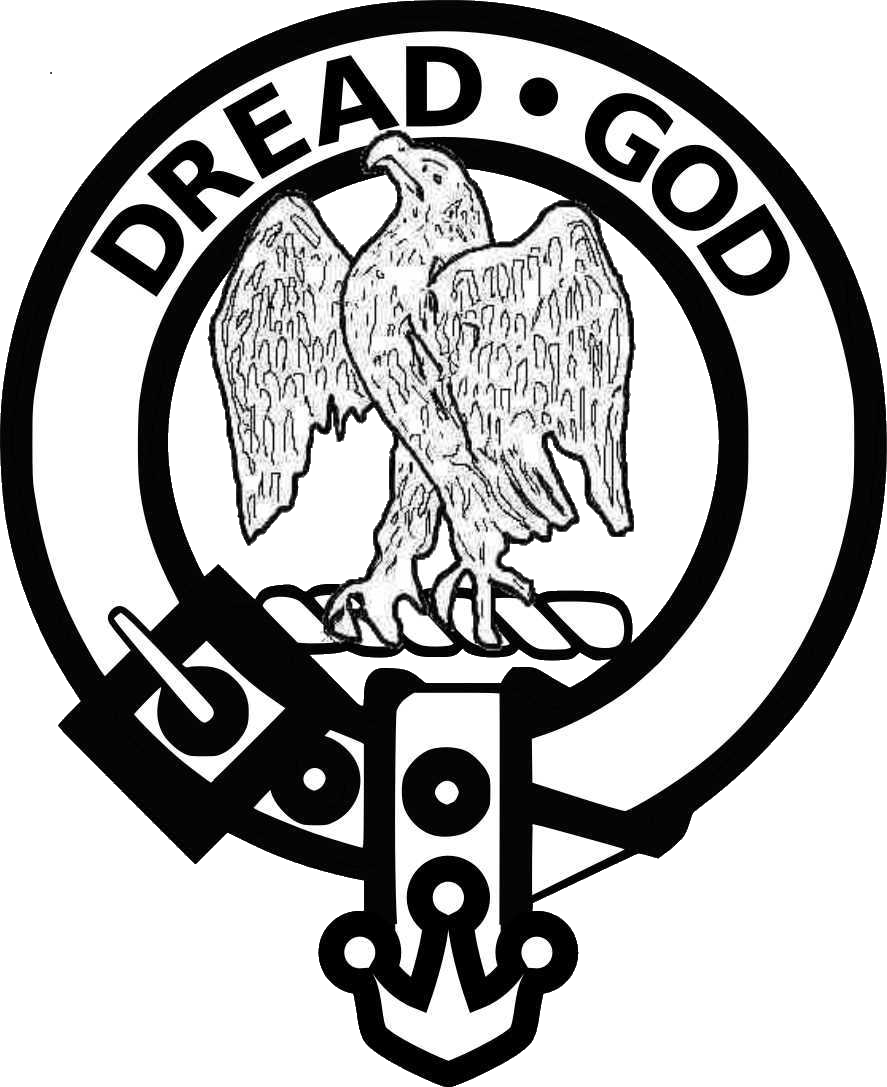Preston House - The Munro Family Homestead in Pinetown
This page offers a visual journey through the history of Preston House, once a cherished family home that stood as a quiet witness to nearly a century of Munro family life. Through photographs and recollections, we trace its story—from its origins as the residence of James Watt Sanderson and his wife Laura Selina, to its final days before demolition.
Selina Jane arrived in Durban in 1871 and joined her uncle and aunt at Preston, a gracious home that soon became the backdrop to her new life. In 1875, she married George Munro, whose early years in Durban were spent brickmaking with his brothers at Umgeni, where the couple first settled. After Laura Selina’s passing in 1876, the couple returned to Preston, where they lived alongside Uncle James until his death in 1906. Selina inherited the home and remained its steadfast guardian until her own death in 1938.
Their youngest son, William, later purchased Preston and the surrounding acreage from her estate, continuing the family’s legacy until the late 1950s. With the sale and subsequent demolition of the house to make way for a residential township, the final chapter of Preston House quietly closed—marking the end of an era and the fading of a once-vibrant family landmark.
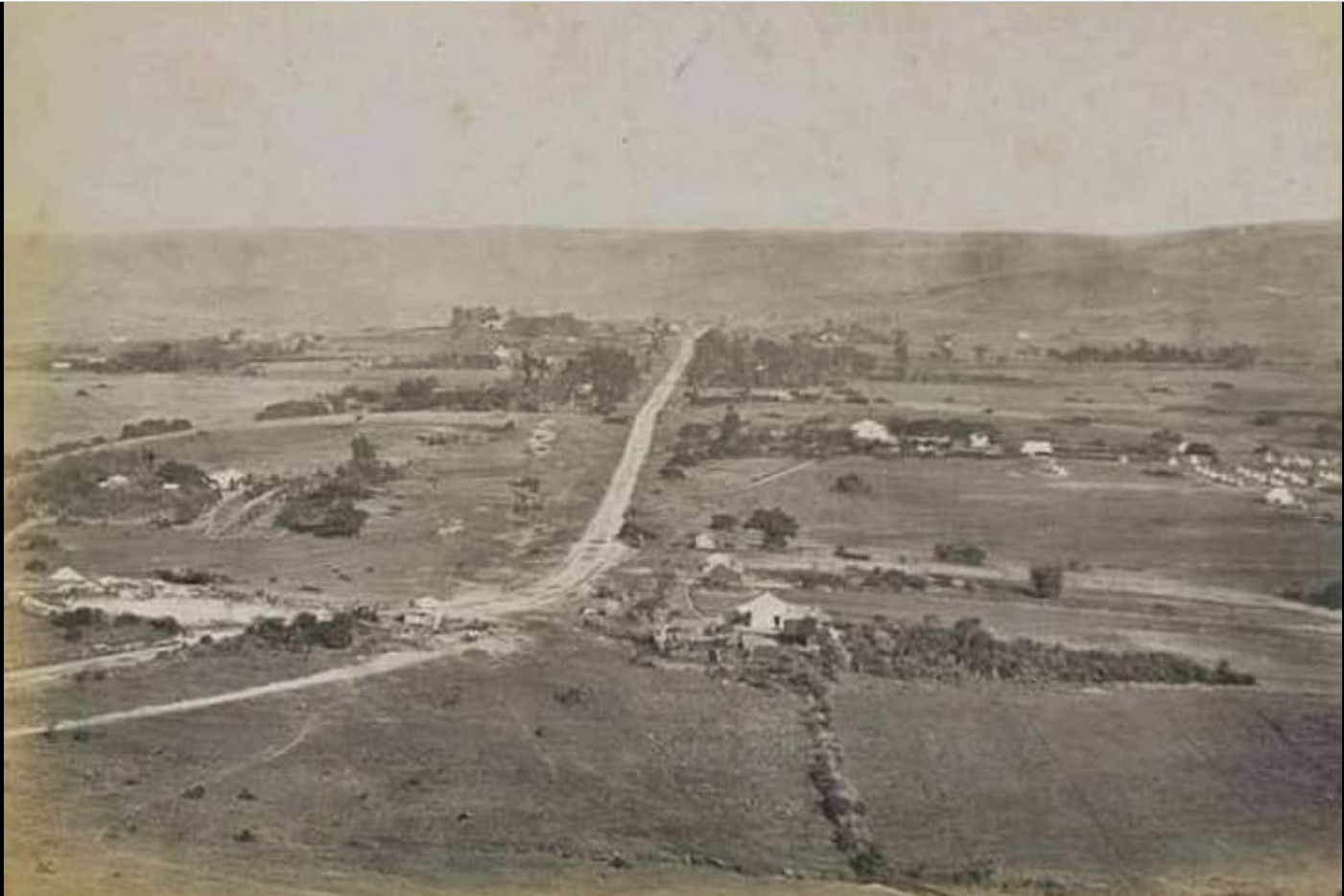
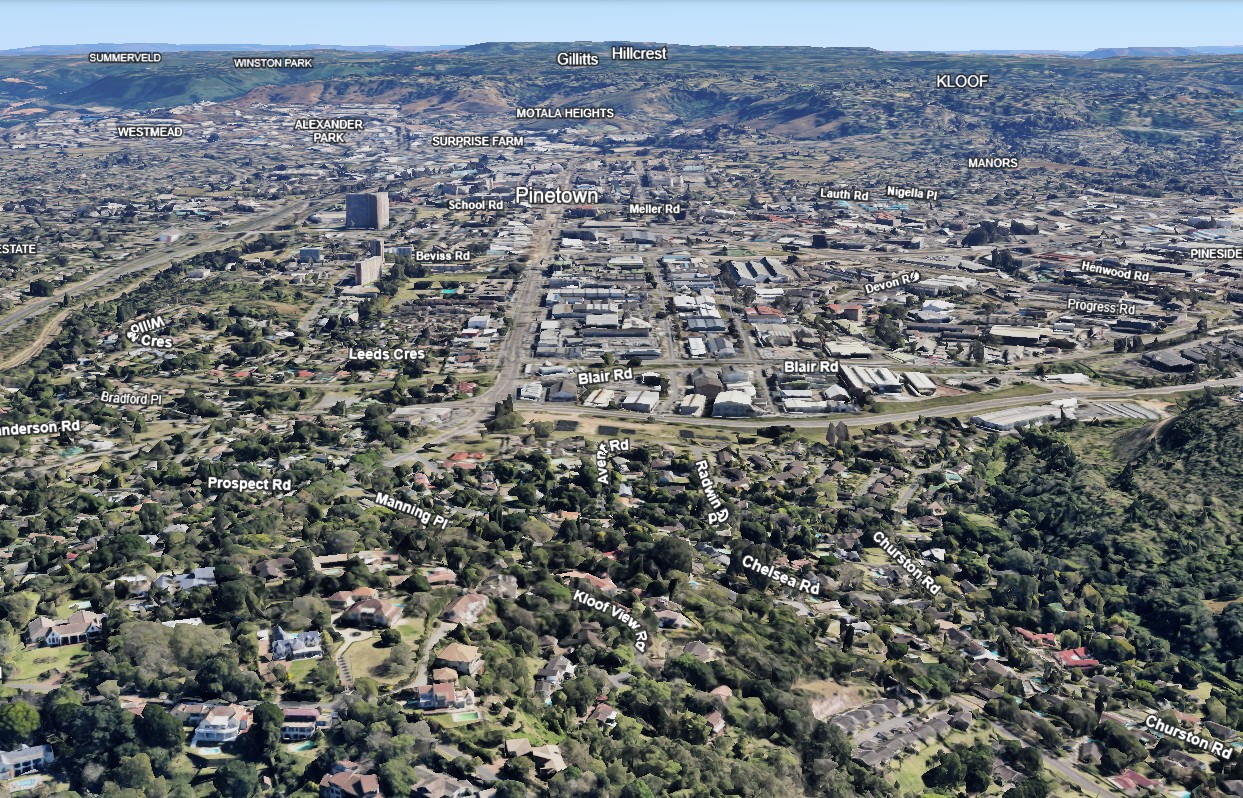
In the 1879 photograph, midway up on the left-hand side, lies a remarkable treasure: the earliest known image capturing the original site of Preston House. This structure, nestled amid the landscape, marks the roots of a family legacy. Directly opposite, the crisp white of the Rugby Hotel stands out, and just behind it, the canvas British Army tents can be seen—witnesses to the Zulu War Campaign that gripped the region at that time.
In front of Preston House, two neat rows of saplings line the foreground—young trees that, I’m convinced, grew into the very mango grove where I played as a child of five, when Preston House was my home. That memory lingers vividly.
Cutting almost vertically through the centre of the image is a pale, worn track—the original Main Road to Pietermaritzburg. Over time, it evolved into the Old Main Road, and today it bears the name Josiah Gumede Road, a living thread connecting past to present.
Fast forward to the present: in the Google Earth view of modern-day Pinetown, the label for Leeds Crescent now hovers over what was once the palm lined driveway to Preston House, seen in the photographs that follow. The layers of history are still there, if you know where to look.
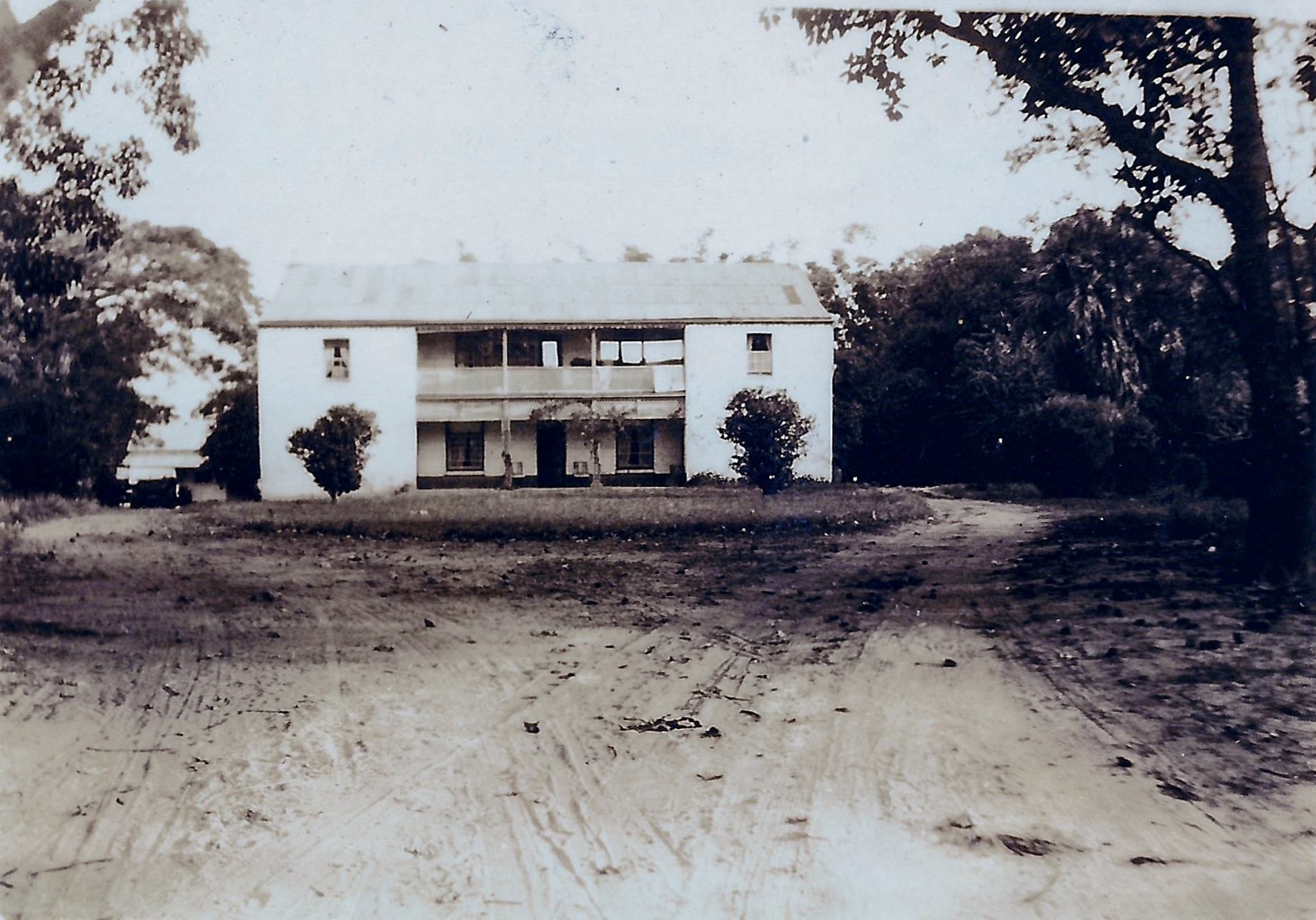
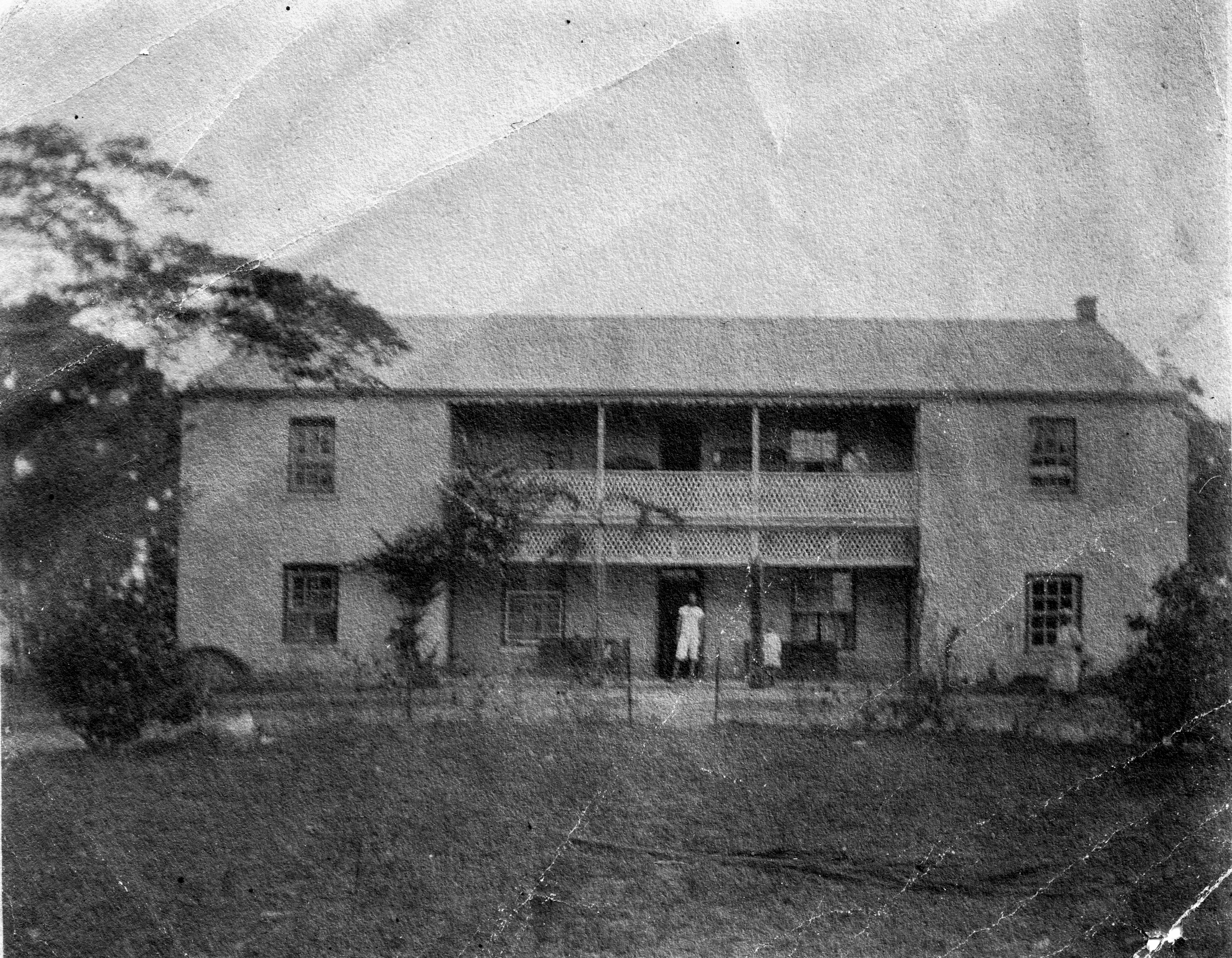

Among the more enigmatic relics in my Munro family archive is a photograph taken on the front lawn of Preston House, featuring George and Selina Munro, two of their sons, and—most curiously—a contingent of uniformed men from the New Zealand Expeditionary Force (NZEF). What could have prompted these soldiers, to pay a visit to the Munros in the quiet hills of Pinetown from the port of Durban some 20 kilometers away?
The photo itself was sent to George and Selina by a Captain J. R. Kirk, and bears a formal inscription on the reverse:
J.R. Kirk, Captain
N.Z.E.F.
Gisborne
New Zealand
Capt. Kirk, Mr & Mrs Munro,
Lieut. Parry, Capt. Stephenson
(Doctor) and the Messrs. Munro"
Driven by that possibility, I delved into Captain Kirk’s background, tracing his lineage and service records. Yet, despite exhaustive research, no familial or personal connection to the Munros has surfaced. The photograph remains a tantalizing puzzle—one that hints at untold stories and connections just beyond reach.
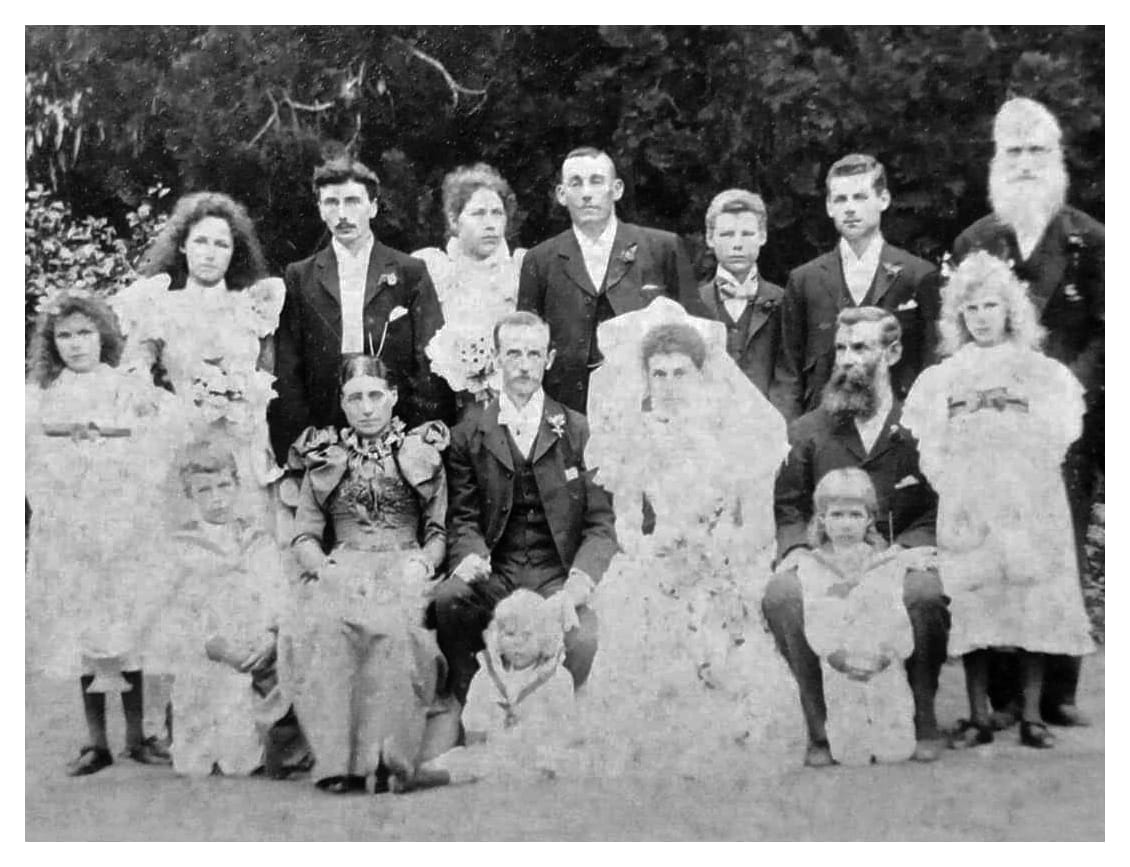
Taken in the grounds of Preston House

Taken alongside Preston House
Preston House was more than just a family residence—it was a cherished backdrop for love stories that spanned generations. The first known wedding held there was in 1875, when Selina Jane Davie married George Munro under the roof of her uncle, James Watt Sanderson. Though no photographs of that early colonial ceremony have survived—likely because none were taken—the legacy of that union set the tone for decades to come.
Four of George and Selina’s daughters later followed in their footsteps, exchanging vows within the same beloved grounds. Only Isabella chose a different path, marrying at St Paul's Church in Durban. The surviving wedding photographs above are rare glimpses into that era, capturing moments of joy and tradition in the very place that shaped their lives.
If any family member holds additional wedding photos from that generation, it would be a true gift to history to see them shared. Please consider reaching out through the contact link—every image helps piece together the story of Preston House.
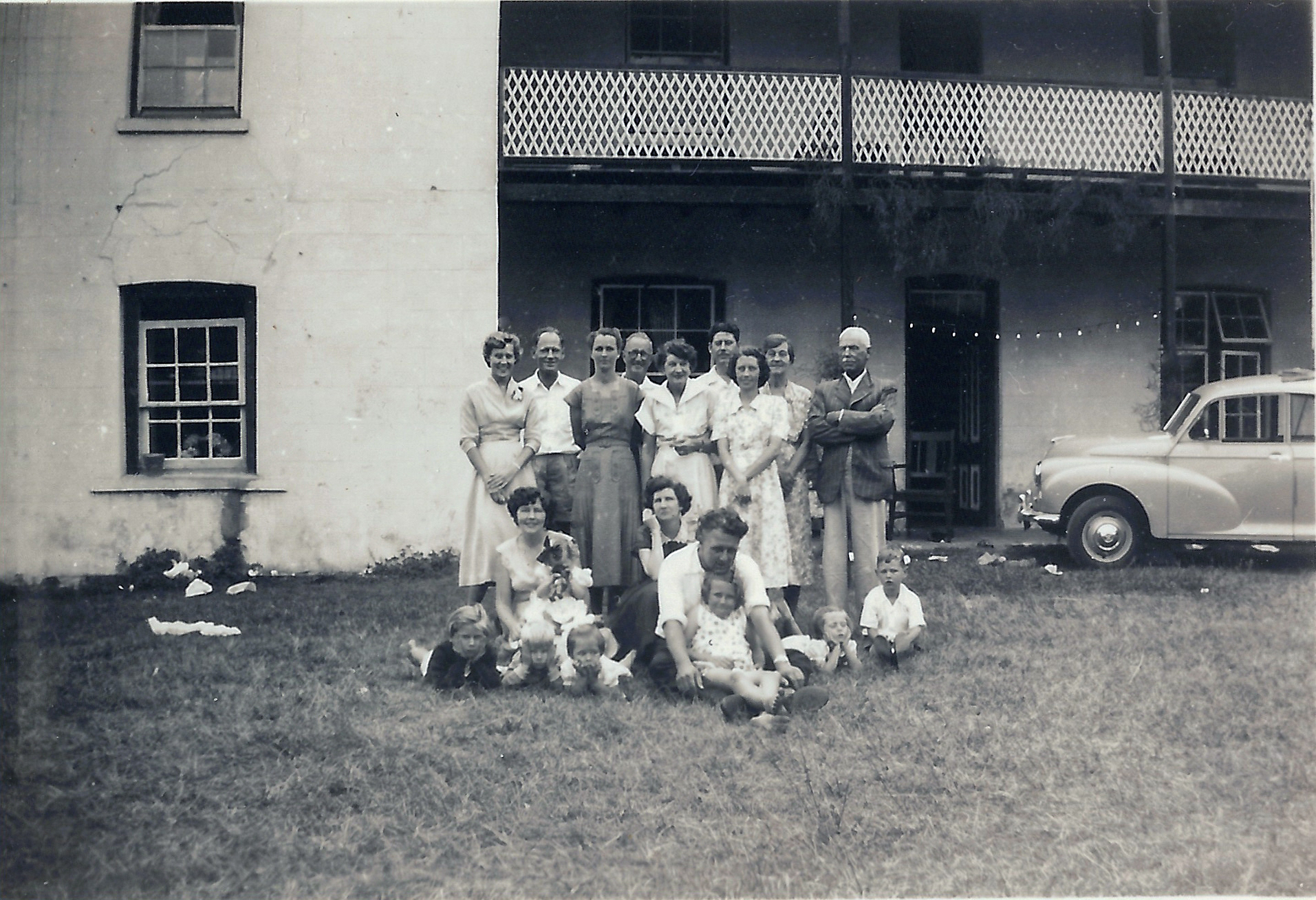
Possibly one of the last surviving family photos taken of Preston House.
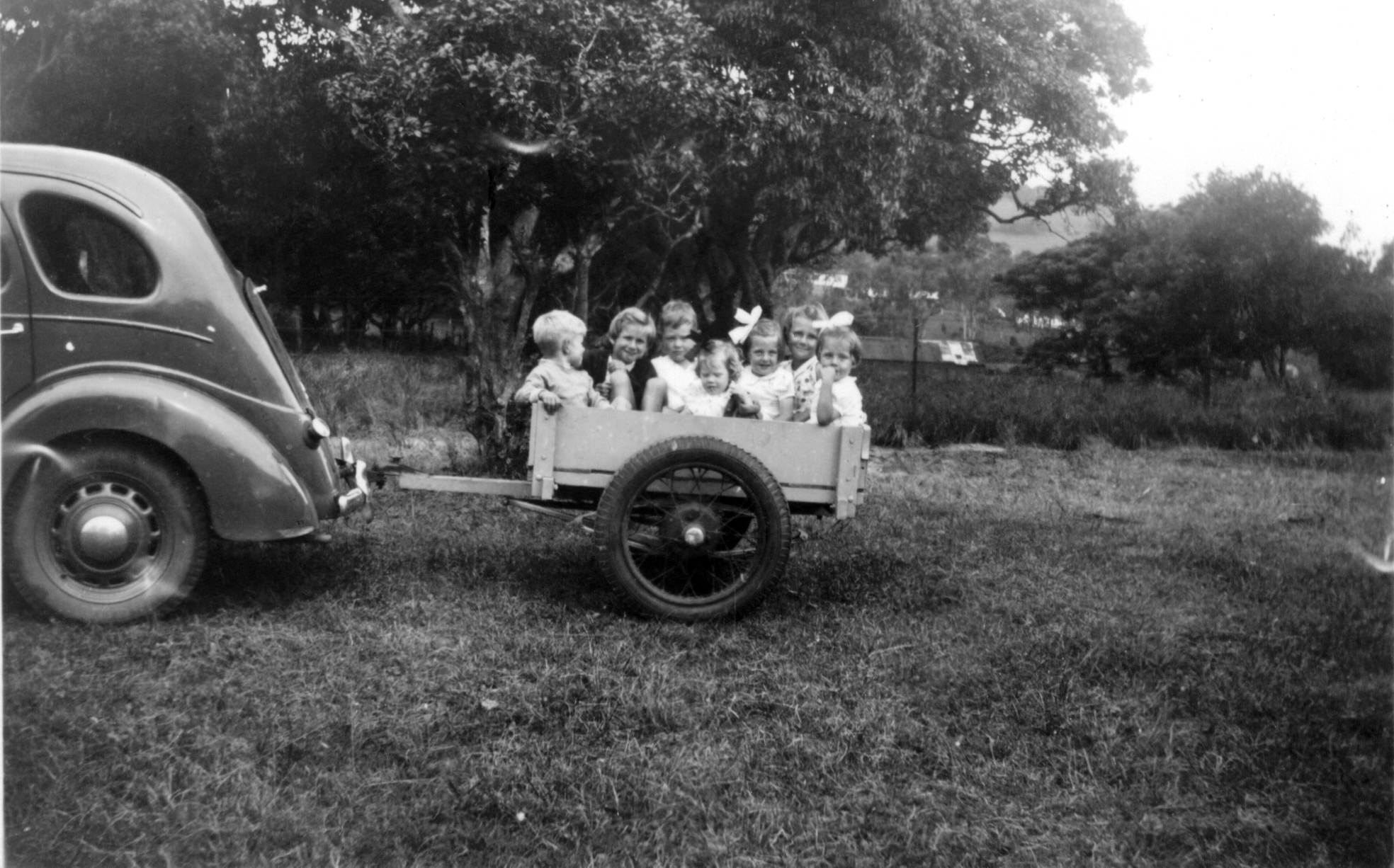
by Gordon Munro at Preston House.
Cowies Hill is visible in background through the trees.
